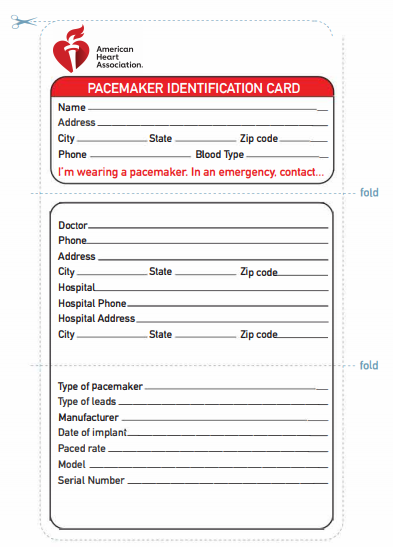The human heart has a complex system that drives it to pump blood from the whole body. There are four chambers of the heart which work in the form of one unit to keep the heartbeat going and maintain the rhythm of their function.
What is the natural pacemaker of the heart?
It is natural to think from where the command for this rhythm comes. The answer to this is very simple. Between the right atrium and right ventricle, at the floor of the right atrium, the heart is supplied by a Sinoatrial node abbreviated as the SA node. It is the Sinoatrial node that is responsible for the rhythm and rate of the heart that we possess. SA node has its own ability to generate nerve impulses and send the command to the AV node and to the muscles of the right and left ventricles through the Purkinje fibers and also through the right and left bundle branches.
The artificial pacemaker of the heart
The normal rate of the heart is because of the above-mentioned conducting system of the heart. But, in some conditions, this normal conducting system is disturbed because the pacemaker of the heart aka the Sinoatrial node does not function properly.
In such circumstances, scientists are able to formulate an artificial pacemaker that functions exactly like the natural one. Recent models of the artificial pacemaker are so convenient to use and user-friendly both for the patient and the doctor.
Indications for artificial pacemaker of the heart
There are certain relative and absolute indications for the implantation of an artificial pacemaker. The most important and absolute indication is the third-degree heart block associated with one or two attacks of Stokes Adams syncope.
A relative indication of implantation of an artificial pacemaker is a congenital heart block at any stage in life. Although it is not practiced usually studies have shown that the implantation of artificial pacemakers has proved to be lifesaving and has improved the quality of life of such patients.
Common forms of artificial pacemakers
As discussed earlier, pacemakers have been devised in hundreds of forms. The most suitable device for the specific case and affordability of the patients is selected and implanted. Below, we are mentioning the most commonly used forms of artificial pacemakers.
Single chamber pacemaker
In a single-chamber pacemaker, a pacing lead is inserted into one chamber of the heart. It is either inserted in the right atrium or in the right ventricle.
Double chamber pacemaker
As the name indicates, it is inserted into the two chambers of the heart. It is always implanted in the right heart and is by far the most used method of implantation of an artificial pacemaker.
Biventricular pacing
A biventricular pacemaker uses the phenomenon of insertion of the pacemaker into the right and left ventricles.
Pacemaker wallet card
A pacemaker wallet card is advised to be kept in the wallet of a patient with an artificial pacemaker implanted in him. It is for identity as well as used in the case of an emergency.
One such card has been designed and prepared by the American Heart Association which one can use in case of need.



